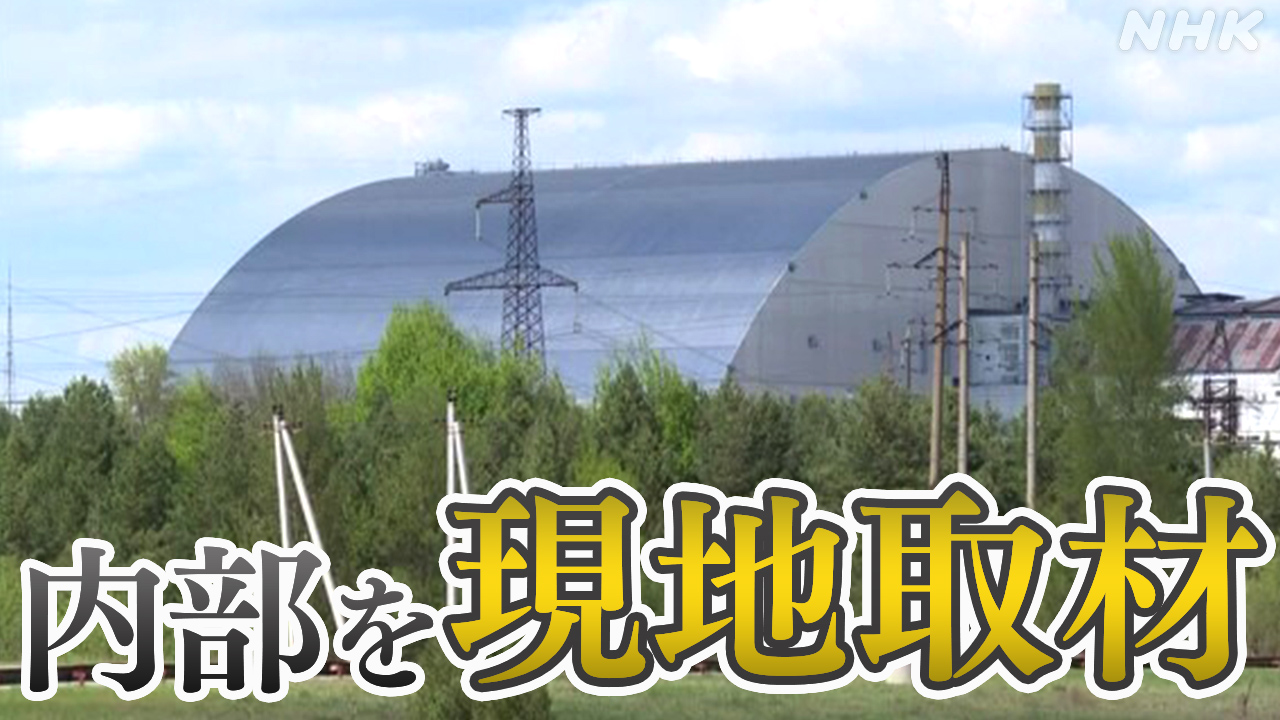Chernobyl's Damaged Shelter: A Post-Attack Report - Assessing the Impact and Future of the Exclusion Zone
The devastating attack on Ukraine has cast a long shadow over the already precarious situation at Chernobyl, raising serious concerns about the integrity of the sarcophagus encasing the damaged reactor and the potential for further environmental catastrophe. This article delves into the current state of the Chernobyl New Safe Confinement (NSC), assesses the potential impact of the conflict, and explores the future of the exclusion zone.
The Chernobyl New Safe Confinement: Before and After the Attack
The Chernobyl New Safe Confinement (NSC), a massive arch-like structure built to contain the remnants of the destroyed reactor, was a monumental engineering feat designed to prevent further radiation leaks. Prior to the attack, the NSC was considered a vital component in securing the site and preventing further environmental contamination. However, the conflict has introduced new uncertainties and risks.
Initial Reports and Concerns:
Early reports following the attack highlighted concerns about potential damage to the NSC's infrastructure and the disruption of vital monitoring and maintenance operations. The disruption of power supplies and the displacement of personnel raised immediate anxieties regarding the long-term integrity of the structure and the potential for a resurgence of radioactive material release.
- Power Outages: Loss of power threatened the functionality of crucial cooling systems and monitoring equipment within the NSC.
- Staff Displacement: The evacuation of personnel, crucial for ongoing maintenance and monitoring, raised concerns about the ability to respond to any emerging issues.
- Security Risks: The heightened security situation within the exclusion zone increased the risk of sabotage or damage to the containment structure.
Assessing the Current Situation:
While initial fears of catastrophic failure were unfounded, the situation remains precarious. International organizations and Ukrainian authorities have worked tirelessly to restore power and secure the site, although challenges remain. Ongoing assessments are crucial to fully understand the extent of any damage and mitigate potential future risks.
Ongoing Monitoring and Mitigation Efforts:
- International Collaboration: International Atomic Energy Agency (IAEA) experts have played a crucial role in monitoring the situation and providing technical assistance. Their reports offer vital insights into the state of the NSC and the wider exclusion zone.
- Power Restoration: Significant efforts have been undertaken to restore power to the site, ensuring the continued operation of essential monitoring and safety systems.
- Security Enhancements: Security measures have been enhanced to protect the NSC and prevent any unauthorized access or damage.
The Future of Chernobyl and the Exclusion Zone:
The long-term impact of the conflict on Chernobyl remains to be seen. The reconstruction and rehabilitation of the site will require substantial international cooperation and funding. The future will also require a careful consideration of the ecological recovery of the exclusion zone, a unique environment now impacted by both the original disaster and the recent conflict.
Challenges and Opportunities:
- Environmental Remediation: Long-term monitoring and remediation efforts are crucial to assess and mitigate the impact of both the nuclear accident and the recent conflict on the environment.
- Sustainable Development: The future of the exclusion zone presents opportunities for ecological research and sustainable development, although this will require careful planning and management.
- International Cooperation: Continued international collaboration is essential for long-term monitoring, remediation, and the development of sustainable solutions for the Chernobyl exclusion zone.
Conclusion:
The attack on Ukraine has cast a dark shadow over Chernobyl, highlighting the fragility of the situation and the need for sustained international attention and support. While the immediate threat to the NSC seems to have been averted, ongoing monitoring, maintenance, and international cooperation are crucial to ensure the long-term safety and stability of the site and the future of the exclusion zone. The resilience of the NSC and the dedication of the international community in managing this complex situation serve as a testament to the importance of global cooperation in addressing global challenges.
(Note: This article is for informational purposes only. For the most up-to-date information on the Chernobyl situation, refer to official sources such as the IAEA and Ukrainian authorities.)
